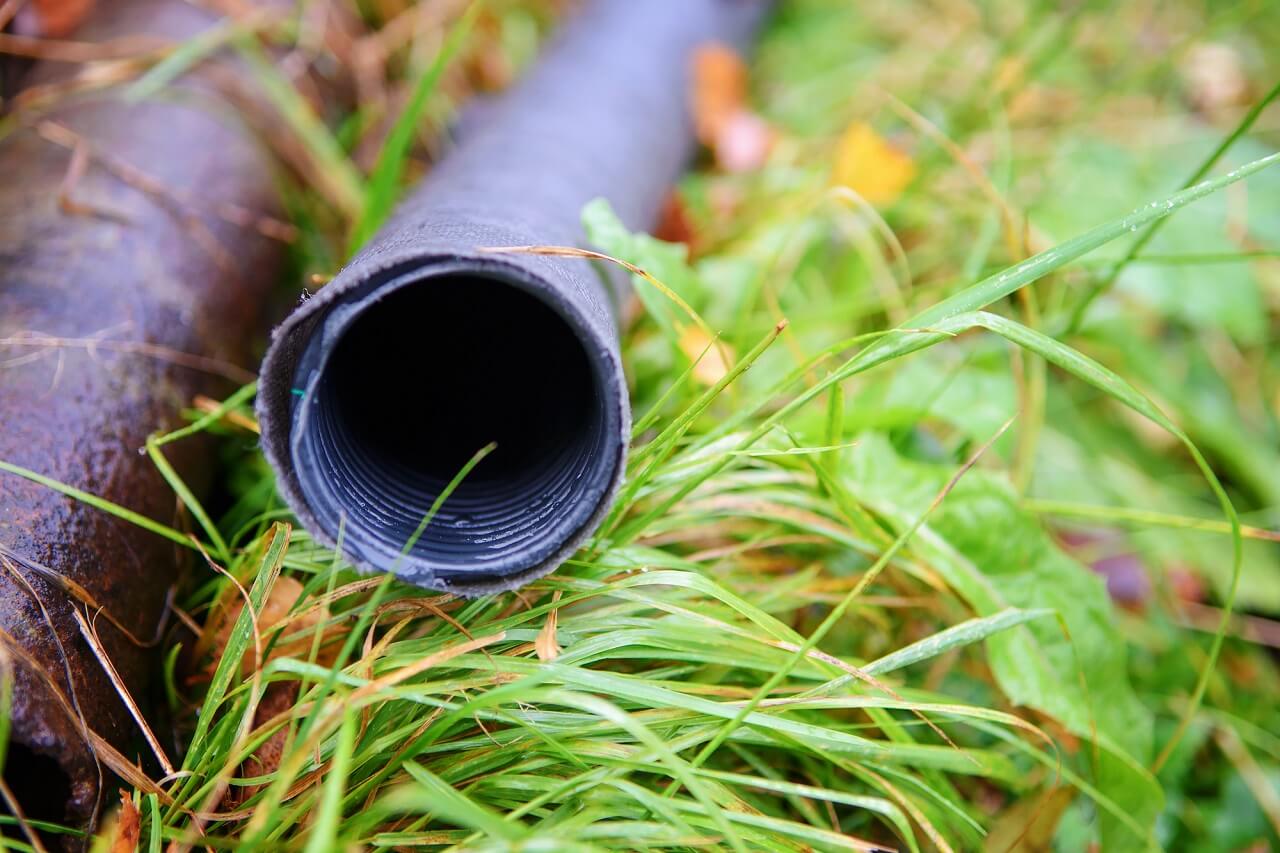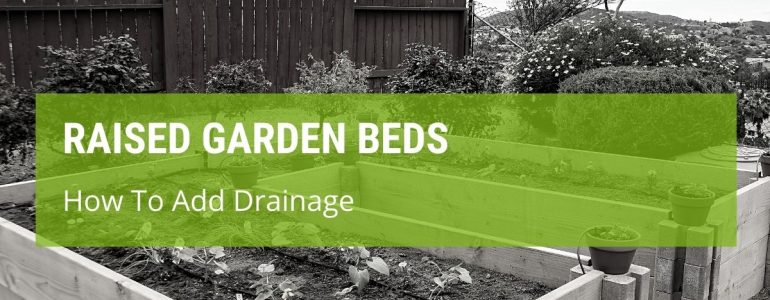Raised garden beds are great for growing all sorts of things, and they’re a good option for keeping the garden tidy. But, how to add drainage to a raised garden bed? It won’t be any good if the plants are all sitting in puddles!
Adding a bit of drainage shouldn’t be too hard; let’s have a good look into the ways that you can give your plants some good drainage.
How To Add Drainage To A Raised Garden Bed?
Basically, you need to be giving the soil a chance to drain away any excess water – you can do this by experimenting with soil mixtures, or adding things to the soil.
- Start by making a good mix of well draining soil, adding Perlite and a bit of coarse sand, to ensure that the soil will drain.
- If your surrounding soil is clay based, you will need to break it up as clay holds onto the water.
- For starting raised garden beds from scratch, place piles of straw and mulch right at the bottom, to give the soil a really good chance of decent drainage.
- Mix in lots of organic material. This will help give the soil some breathing space, and prevents it from clumping together too much.
- Place raised garden beds on bare ground. If you site your raised beds on concrete, they will find it much harder to drain away!
- Fork the soil over once in a while. Lifting the soil will help to break up big clumps, and allow for better drainage.
This video is interesting, because you can really see the layers of drainage matter compared to the layers of soil:
Do Raised Garden Beds Need Drainage Holes?
In general, garden beds don’t have a bottom – they are four edges which are placed directly onto the ground. Do they need drainage holes?
The answer to this depends on where you have built your garden beds. Are they on concrete? Are they on free draining soil?
If they are on concrete, they will definitely need to have some added drainage if they are to work.
You can do this by adding sand, or using open textured soil that allows water to flow away.
Adding coarse grit to your soil mix is also a good idea, as this will add air holes in the soil which will let the water drain.
You can also use compost or mulch to your garden bed soil, as this will not only add nutrients but also add to the substance of the soil, helping it drain better.
If they are placed on free draining soil, the excess water should be able to drain away naturally. However, helping the soil to drain is always a good idea!
Adding natural aerators to the soil is great for it, as not only will it allow the water to drain and prevent roots from rotting, but it also delivers vital nutrients to the soil.
Go for a mix of compost and brown materials such as twigs, leaves or cardboard, all of which will rot away and pass their goodness to the soil.
Here is an article going through all the ins and outs of raised garden beds – and their drainage!
How Can I Improve The Drainage In My Raised Bed?

There are a great many things you can do to improve the drainage in your raised beds, which means you don’t have to move them, or make too much effort!
- Add compost. This will add substance and structure to your soil, and will give it some much needed extra draining.
- Use sheet composting. Layering compost and man made materials, like cardboard or newspaper, gives your beds not only nutrients but also helps it to drain better.
- Add mulch. Mulch will not only help to control weeds, but it can help to give a bit more substance to your soil.
- Leave the roots in. When you take out a plant, just cut it off at the top. The roots will break down and help to aerate the soil. Plus, you won’t lose any of the soil attached to them.
- Fork it regularly. Every year or so, take a wide fork and gently break up the soil. This will add air and help it to be more open and draining.
- Add grit or sand. If your raised bed soil is too heavy, mixing in a bit of coarse sand or small grit will help it to drain better.
- Prepare for winter. Getting your soil ready for the winter, with more compost or sheet covering, will give it time to break down before the spring planting season.
What Do You Put In The Bottom Of A Raised Planter For Drainage?
When you are making a raised bed from scratch, it is important to consider the future, and how you can ensure good drainage.
Start with a layer of organic material, such as leaves, wood chippings, twigs, grass cuttings and straw.
Place a layer of cardboard over the top of this – the cardboard will prevent weeds, while the organic matter will break down and turn into compost.
Next, take two parts of your garden soil and add one part perlite and one part peat moss.
Mix together thoroughly until the mixture is loose and light – this will ensure that you have good, aerated soil with adequate drainage.
Another good option for the bottom of a raised bed is coarse grit or sand – this will help the soil to release the water it is hoarding.
You can throw in all your garden clippings when you first start your raised beds, as this will not only help drainage but also release nutrients as it breaks down.
Final Words
Now that you know how to add drainage to a raised garden bed, you can plant up your plants safe in the knowledge that they will thrive and not get wet feet!
Good drainage is essential to all plants, to ensure that the roots don’t rot and kill the plant from the ground up.





